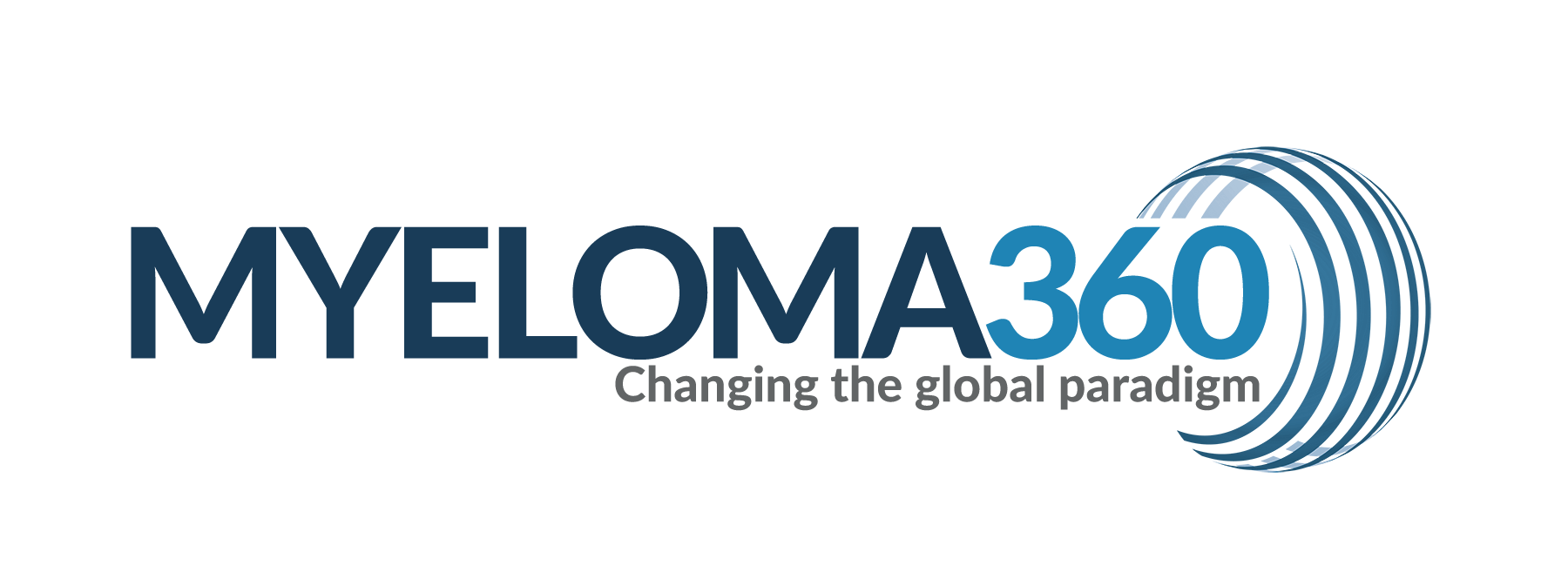Ann Hematol. 2024 Nov 8. doi: 10.1007/s00277-024-06078-z. Online ahead of print.
ABSTRACT
To synthesize the evidence on the efficacy and safety of teclistamab in treating relapsed/refractory multiple myeloma (RRMM). A systematic search for records published from inception until June 2024 was conducted on PubMed, Web of Science, EMBASE, and Google Scholar databases. Five studies with 661 RRMM patients were included in the analysis. The pooled results showed that teclistamab led to an overall response rate (ORR) of 62.8% (95% Confidence Interval (CI): 58.6-66.8), a ≥ very good partial response or better (VGPR) of 52.1% (95% CI: 46.8-57.3), and a ≥ complete response or better (CR) of 29.5% (95% CI: 21.9-38.4). When the ORR was assessed in different subgroups, we found that patients with extramedullary disease (EMD) had considerably lower ORR than those without EMD (45% vs. 71%, p < 0.0001). The ORR was significantly lower in patients with prior (B-cell maturation antigen) BCMA-directed therapy (OR: 2.24, p = 0.002) and those with stage III disease (OR: 3.69, p = 0.0001). However, the subgroup analyses showed no considerable difference in the ORR between patients with high or standard-risk cytogenetics (OR: 1.05 p = 0.82) and those with penta-drug or triple-class-refractory disease (OR: 0.97 p = 0.89). Regarding the safety of teclistamab, the pooled results showed that the incidence of grade ≥ 3 adverse events was high (90.7%). However, grade ≥ 3 cytokine release syndrome (CRS) and neurotoxic events were low (1.5% and 2.2%, respectively). RRMM patients treated with teclistamab display good response rates.
PMID:39511034 | DOI:10.1007/s00277-024-06078-z
